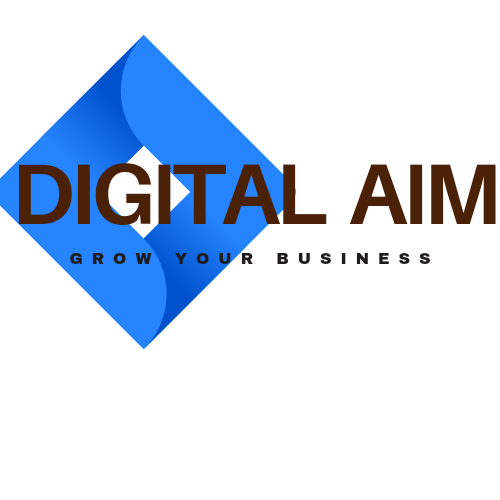Cpm marketing
CPM stands for "cost per thousand" and is a of online advertising pricing model. In CPM, advertisers pay for every thousand impressions their ad receives. It is commonly used for display advertising, where an ad is placed on a website and is viewed by visitors. The cost of CPM advertising can vary depending on factors such as the website's traffic and the ad's placement on the page. CPM is often used by advertisers who want to increase brand awareness, as opposed to generating direct sales or leads.
Advantages of cpm
There are several advantages to using the CPM pricing model for online advertising:
- Brand awareness: CPM is effective for increasing brand awareness, as the ad is displayed to a large number of people, even if not all of them click on the ad.
- Cost-effective: CPM can be a cost-effective way to advertise, especially for smaller businesses that may not have the budget for pay-per-click (PPC) advertising.
- Target audience: CPM allows for targeting specific demographics, such as age, location, or interests, which can lead to a higher return on investment (ROI).
- Flexibility: CPM campaigns can be easily adjusted based on budget and performance, which allows advertisers to optimize their campaigns and increase ROI.
- Measurable: CPM provides measurable results, as the number of impressions can be tracked and analyzed to determine the effectiveness of the campaign.
- Cost-efficient: CPM is cost-efficient because it allows you to reach a large audience at a lower cost per impression.
- Overall, CPM is a good option for businesses that want to increase brand awareness and reach a large audience, while keeping costs under control.



0 Comments